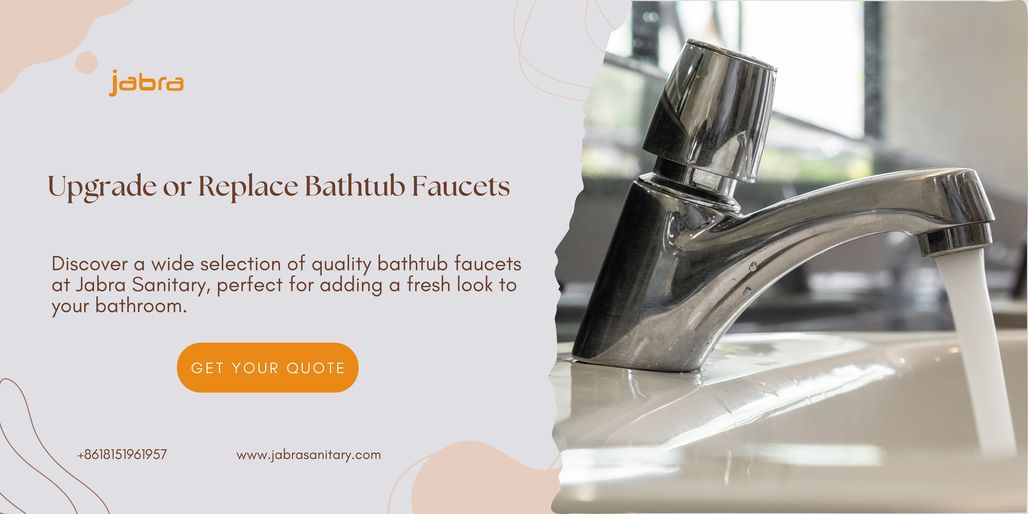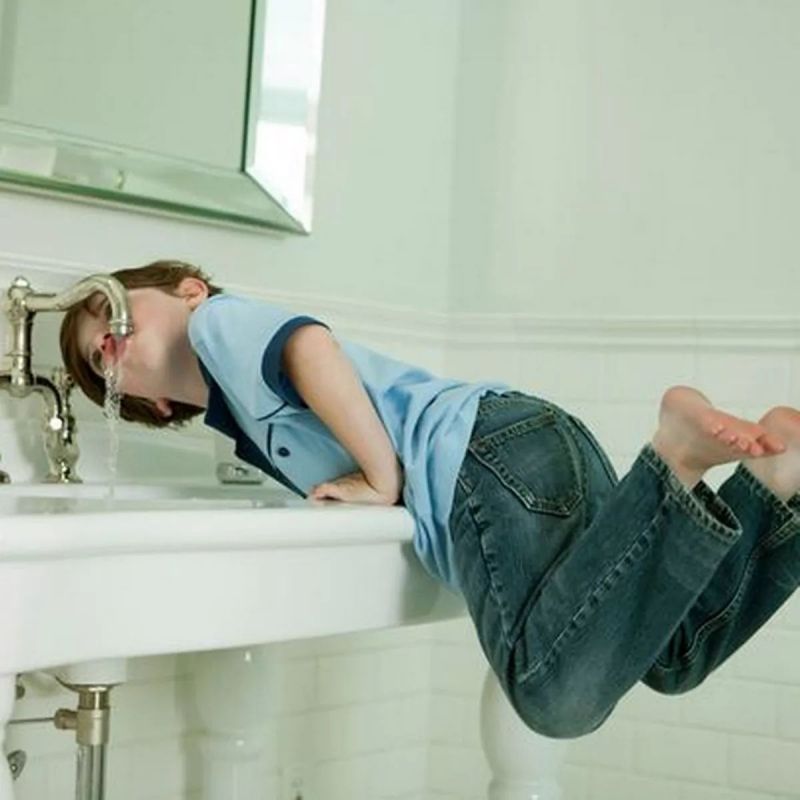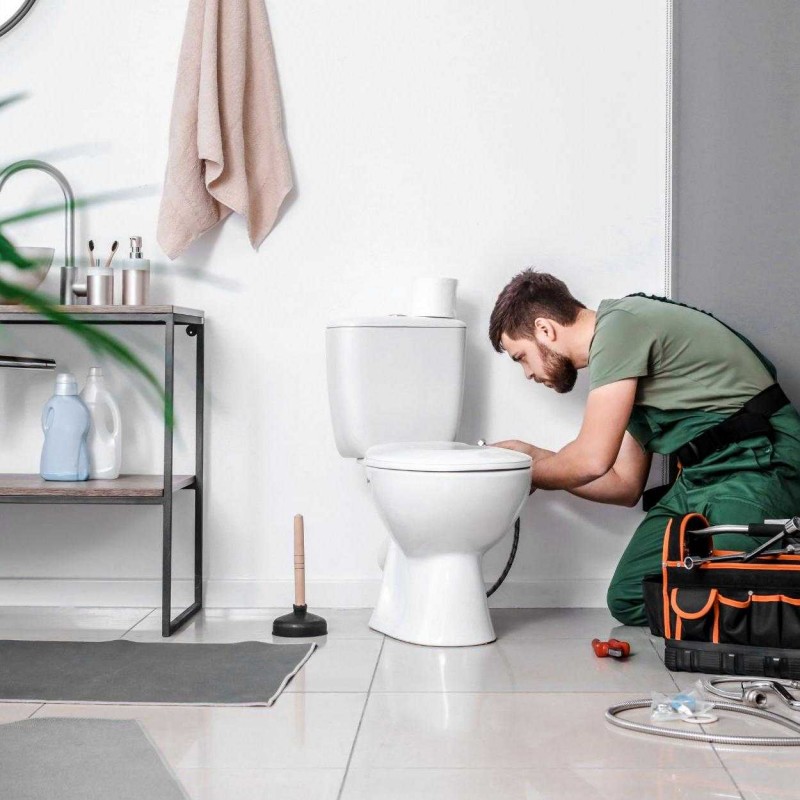 English
English
Jabra Sanitary is a sanitaryware supplier offering toilets, sinks, faucets, bathtubs, etc., at competitive prices. If you're a distributor, wholesaler, or project contractor, get a quote today!
 $23.9 Limited-time Offer
$23.9 Limited-time Offer Consignment Policy
Consignment Policy 20 Years of Experience
20 Years of Experience
A leaking bathtub faucet is a common household issue. It often goes unnoticed until water wastage and higher utility bills become a concern. Beyond the financial impact, the continuous tub faucet dripping sound can be an annoyance, and prolonged leaks can lead to structural damage, such as mold and mildew.
Fortunately, fixing a leaking faucet is a straightforward task that homeowners can handle with the right tools, materials, and guidance.
In this article, we'll discuss the common causes of faucet leaks and provide an easy-to-follow step-by-step guide to help you restore your faucet's functionality. You can call a professional if you cannot fix a leaky bathtub faucet. Let's get started!
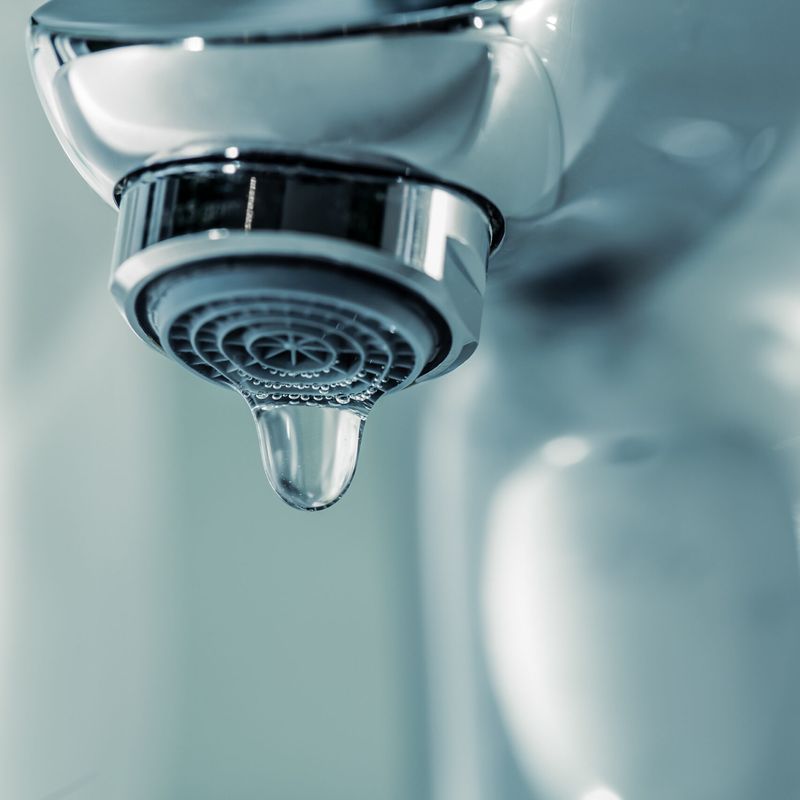
Table of Contents
Why Does My Bathtub Faucet Leak? The Causes
Tools and Materials You Need
How to Fix a Leaky Bathtub Faucet With Two Handles
How to Fix a Leaky Bathtub Faucet With One Handle
How to Temporarily Quiet a Leaking Bathtub Faucet
The Importance of Fix a Bathtub Faucet Drip
When to Call a Professional to Stop a Leaking Bathtub Faucet
How to Prevent Bathtub Faucet Leaks
FAQs
Conclusion
Why Does My Bathtub Faucet Leak? The Causes
Why is your bathtub faucet dripping? Understanding the root causes of tub faucet dripping is the first step toward an effective repair.
Below, we break down the common reasons why bathtub faucets may start dripping:
1. Improper Installation
If a faucet isn't installed correctly, it can leave gaps in the connections. This issue may arise from using the wrong tools, improperly sealing threads, or uneven tightening of components.
2. Hard Water Buildup
In areas with hard water, mineral deposits like calcium and lime can accumulate on faucet components over time. This buildup can interfere with seals and restrict the movement of internal parts.
3. Old or Worn Faucet Handles
Over time, faucet handles can become loose, cracked, or worn, reducing their ability to control water flow effectively. A damaged handle may allow water to leak even when it's turned off.
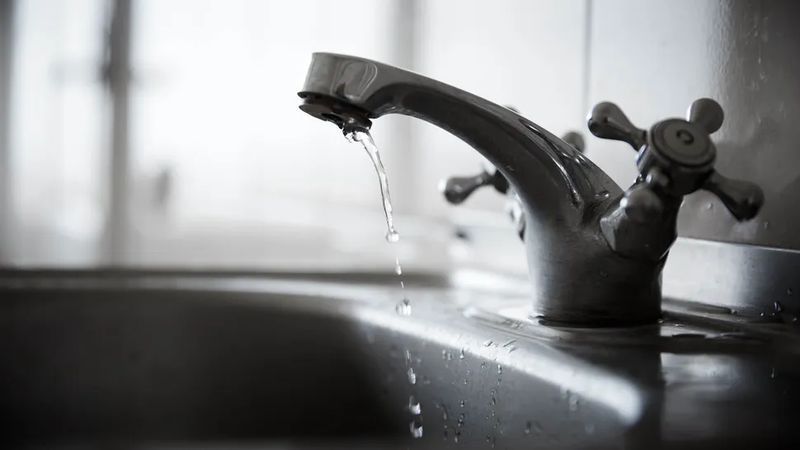
4. Corroded Valve Seat
The valve seat connects the faucet to the spout and plays a vital role in preventing leaks. However, continuous water flow can cause it to corrode over time, compromising its ability to form a watertight seal.
5. Loose or Broken O-Ring
The O-ring is a small but critical part of the valve stem that helps create a watertight seal. A loose or broken O-ring can easily lead to dripping.
Similarly, other worn-out parts, like seals, can cause bathtub faucet leaks.
6. Cracked or Worn Washer in the Stem
Washers are pressed against the valve seat every time the faucet is turned on or off. Over time, this repeated action can cause washers to wear out or crack.
7. The Pipe to the Bathtub Faucet Spout
Water leaking from the bath faucet may sometimes originate from the pipe that connects to the spout. Corrosion, improper installation, or damage to the pipe can cause water to seep out before reaching the spout.
8. The Damaged Tub Faucet Stem or Faucet Cartridge
The faucet cartridge or stem is a crucial component regulating water flow in modern faucets. A damaged or worn-out cartridge can lead to persistent dripping.
9. Issues with the Water Pressure
If the water pressure in your home is too high, it can force water past the seals in your faucet. A sudden pressure drop can also damage internal faucet parts.
By identifying the exact cause of the tub faucet leaking, you can choose the right repair solution and avoid unnecessary replacements.
Tools and Materials You Need
Fixing a leaking bathtub faucet requires the right tools and materials to ensure effective and smooth repair.
Here's a comprehensive list of items you'll need before starting the project:
1. Essential Tools
Adjustable Wrench: Used to loosen and tighten faucet parts without damaging them.
- Screwdrivers: Both flathead and Phillips screwdrivers are needed to remove screws on the faucet.
- Allen Wrench (Hex Key): Required for faucets with a set screw, usually found in the handle.
- Pliers: Helpful for gripping and removing small components.
- Needle-nose Pliers: Ideal for retrieving small parts like washers or springs.
- Plumber's Tape: Teflon tape is used to create a watertight seal on threaded parts.
2. Necessary Materials
- Replacement Parts: Includes washers, O-rings, or a new faucet cartridge, depending on the faucet type.
- Silicone Grease lubricates the O-rings and other parts for smooth assembly.
- Bucket or Bowl: Catch any water that might spill during disassembly.
- Cleaning Cloth: Wipe surfaces and keep the workspace clean.
- Vinegar or Lime Remover: Help to clean mineral deposits on faucet components.
3. Optional Extras
- Replacement Faucet Handle: If the existing handle is damaged or outdated.
- Caulk and Caulking Gun: Seal around the faucet base if necessary.
Ensuring you have these tools and materials ready will save you time and frustration during the repair process. Always double-check the type of faucet you have to ensure compatibility with replacement parts.
How to Fix a Leaky Bathtub Faucet With Two Handles
With patience and the right tools and materials, you can stop the annoying tub faucet from dripping and save water effectively.
Below are how to stop the bathtub faucet drip:
1. Identify the Leaking Faucet
First, determine which faucet is causing the leak. Bathtubs with separate hot and cold handles may have a leak originating from either handle.
Inspect the spout for dripping water and note the faucet type—compression, cartridge, or ball-style since repair steps may vary slightly.
2. Shut Off the Water Supply
Locate the water shut-off valve for your bathroom or house. Turn it off completely to prevent water flow during the repair. Open the faucet to drain any remaining water in the pipes.
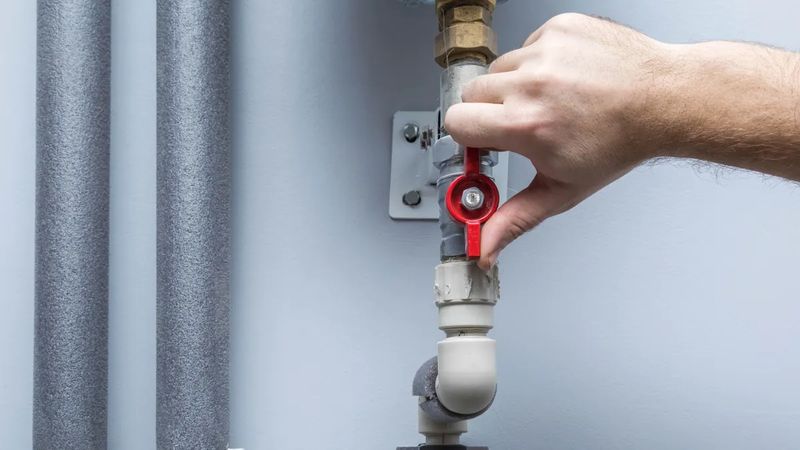
3. Remove the Faucet Handle
Use a screwdriver or Allen wrench to remove the screws holding the faucet handle. These are often hidden under a decorative cap, which can be pried off with a flathead screwdriver.
Once unscrewed, gently pull the handle off the stem.
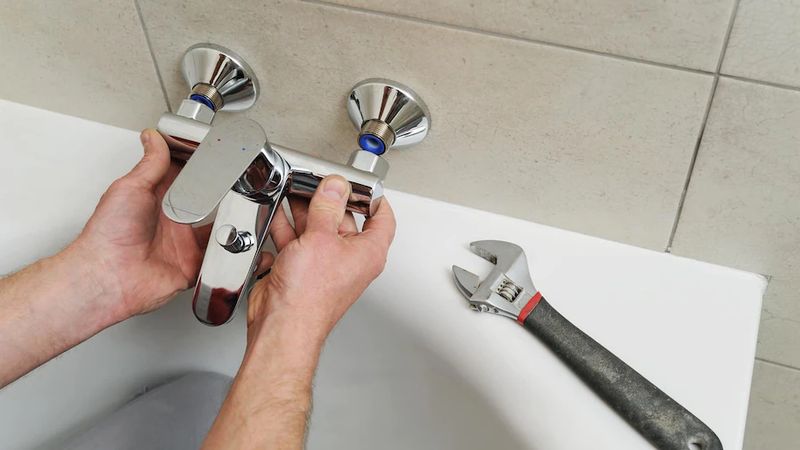
4. Remove the Stem Assembly
With the handle removed, use an adjustable wrench to unscrew the stem assembly from the valve body. Be careful not to strip the threads. Inspect the stem for visible damage or wear.
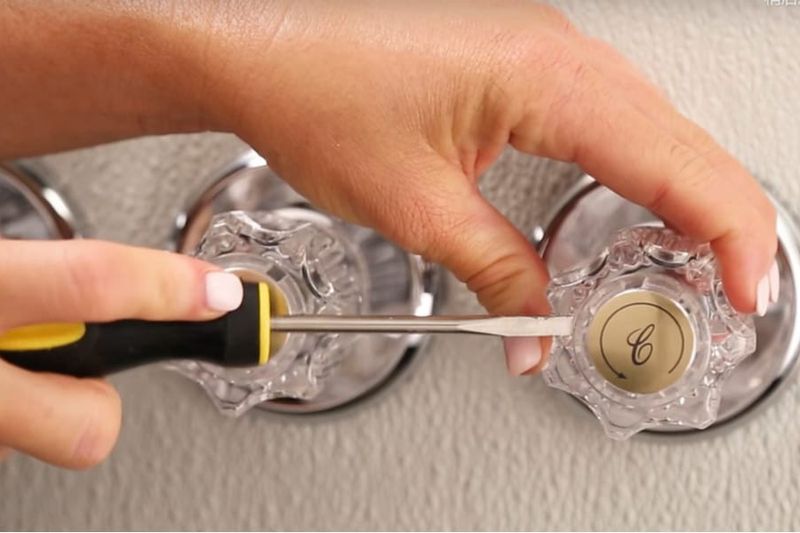
5. Remove and Replace the Faucet Washer
At the base of the stem, you'll find a rubber washer held in place by a small screw. Unscrew it, remove the old washer, and replace it with a new one of the same size and thickness.
This is a common cause of bathtub faucets leaking in compression faucets.
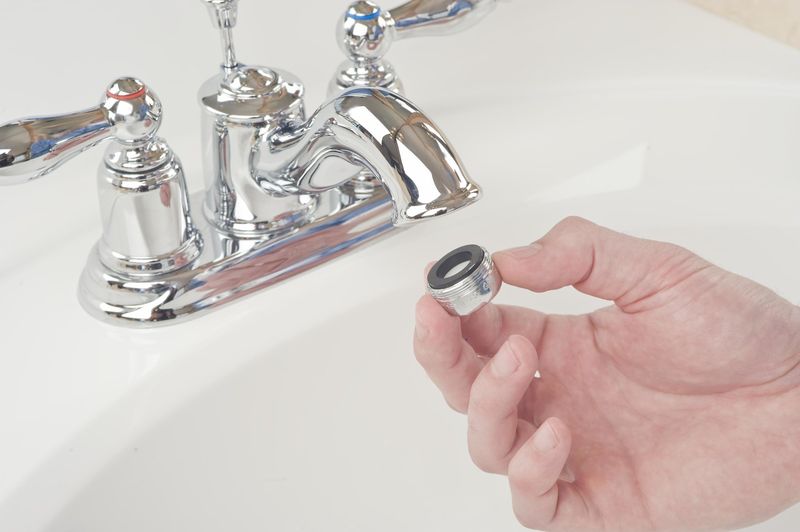
6. Replace the Faucet Seat (Optional)
If the faucet continues to leak after replacing the washer, the valve seat may be damaged. Use a seat wrench to remove the seat and replace it with a new one. Ensure it is tightened securely into place.
7. Replace the Faucet Stem
Reinstall the repaired or replaced stem assembly into the valve body. Use your wrench to secure it. Ensure it's snug but not overtightened to avoid damage.
8. Replace the Handle
Align the handle with the stem and reattach it using the screws. Tighten the screws firmly but gently to avoid stripping them.
9. Check the Faucet Spout
Inspect the faucet spout for any obstructions or mineral buildup. If necessary, clean it with vinegar or a lime remover solution to ensure smooth water flow.
10. Test the Faucet
Turn the water supply back on and test the faucet. Open and close the handles to check for any lingering leaks.
If the water dripping from the bathtub faucet persists, revisit the steps to ensure all parts are replaced correctly.
11. Apply Sealant
For added protection, apply a thin bead of silicone caulk around the base of the faucet handle or spout if water seepage occurs around the edges. This helps prevent future leaks and keeps your bathtub area watertight.
How to Fix a Leaky Bathtub Faucet With One Handle
Repairing a leaky bathtub faucet with a single handle involves a few specific steps tailored to this design. By following these instructions carefully, you can fix the bathtub faucet leaking and restore the faucet to optimal performance.
Here's how to fix leaky bathtub faucets single handle:
1. Turn Off the Water Supply
Locate the water shut-off valve in your bathroom or house. Then, turn it off to stop water flow to the faucet. Open the faucet to release any residual water in the pipes.
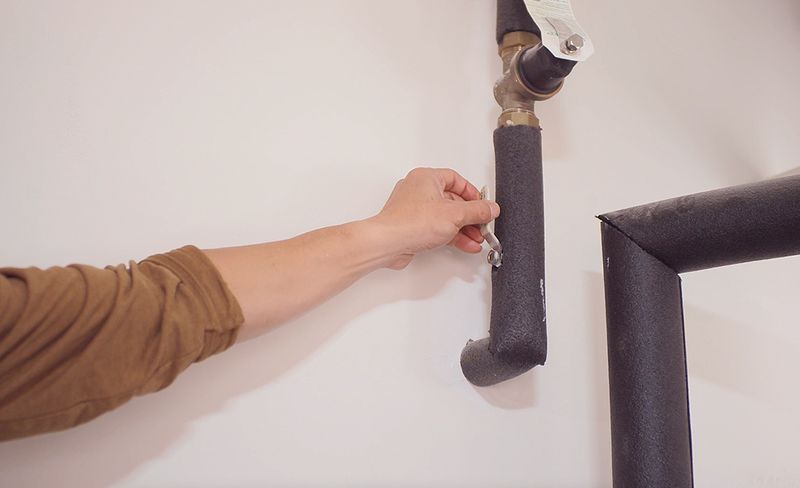
2. Remove the Faucet Cap and Handle
Inspect the faucet handle for a decorative cap covering the screw. Use a flathead screwdriver to pry off the cap gently.
With the cap removed, use an Allen wrench or screwdriver to loosen and remove the screw. Carefully pull the handle off the faucet body.
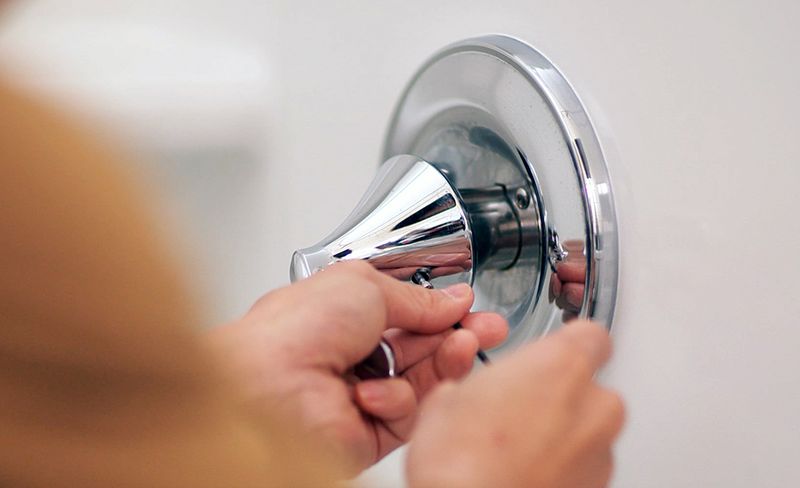
3. Remove the Escutcheon and Retainer Clip
The escutcheon (decorative plate) is usually secured with screws. Unscrew it and slide it off to expose the valve assembly. Locate the retainer clip holding the valve cartridge in place.
Use needle-nose pliers to remove the clip carefully. Keep it safe for reassembly.
4. Remove and Replace the Valve Cartridge
Gently pull out the old valve cartridge using pliers. If it's stuck, refer to the faucet manufacturer's instructions for removing it without causing damage.
Once removed, inspect the cartridge for wear or damage. Replace it with a new cartridge compatible with your faucet model. Ensure it is inserted in the correct orientation and seated securely.
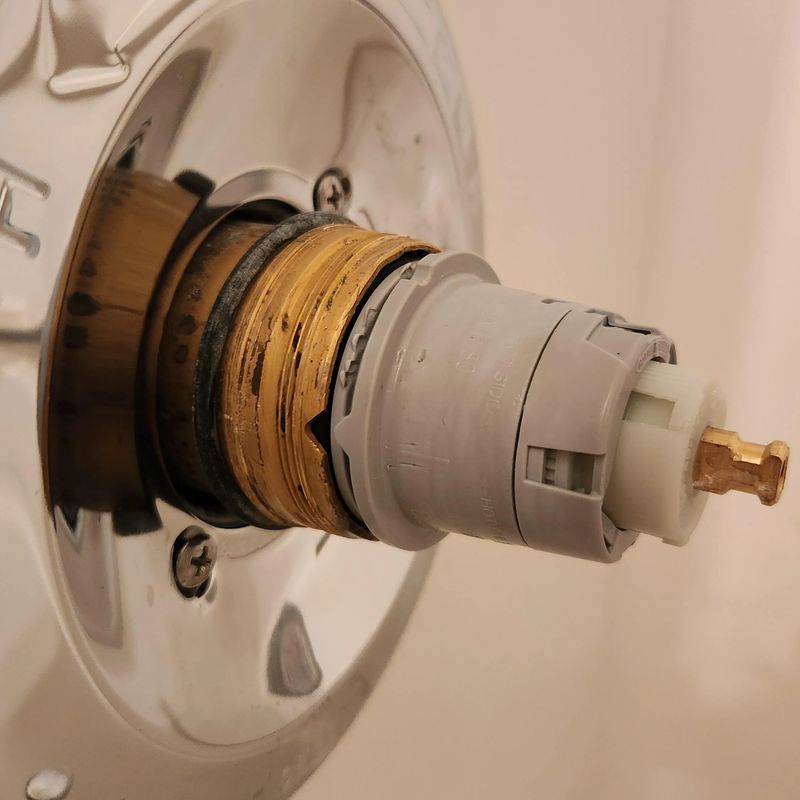
5. Turn on the Water
Before reassembling the faucet, turn the water supply back on briefly to flush out any debris from the pipes. Turn it off again before proceeding to the next step.
6. Reassemble and Test Your Bathtub Faucet
Reinsert the retainer clip to secure the new cartridge. Slide the escutcheon back into place and screw it in. Reattach the handle and secure it with the screw.
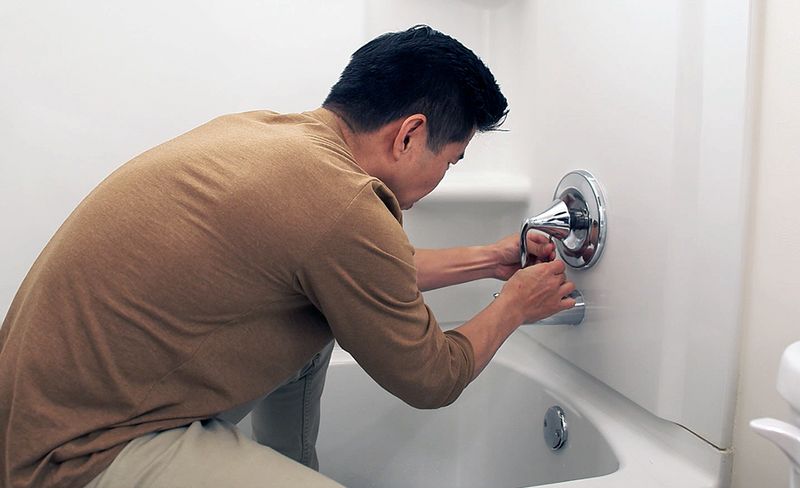
Snap the decorative cap back on. Turn on the water supply, test the faucet, and check for leaks. If the faucet operates smoothly and there are no leaks, the repair is complete.
How to Temporarily Quiet a Leaking Bathtub Faucet
A leaking bathtub faucet can create an annoying bathtub faucet dripping sound that disrupts your peace.
If you don't have time to stop a leaking bathtub faucet immediately, here are simple temporary solutions to quiet the noise:
1. Fill a Basin with Soapy Water
- Start by filling a small basin or bucket with warm and soapy water.
- Place it directly under the leaking faucet spout. The water acts as a buffer, muffling the sound of each drip.
- Adding soap reduces splashing, minimizing noise further.
2. Add a Sock to the Faucet
- Take an old and clean sock and wrap it around the faucet spout.
- Secure it tightly with a rubber band or string. The fabric absorbs the drips before they hit the basin or tub, significantly reducing the sound. Ensure the sock is thick enough to handle the dripping water.
3. Place a Sponge in the Basin
- Put a sponge inside the soapy water basin or directly in the bathtub under the faucet. The sponge absorbs the water droplets and prevents them from making loud splashes.
- Replace the sponge if it becomes too saturated.
The Importance of Fix a Bathtub Faucet Drip
Fixing a bathtub faucet drip is not just about eliminating an annoying sound. It's also a critical step in conserving water, reducing utility costs, and preventing potential damage to your bathroom.
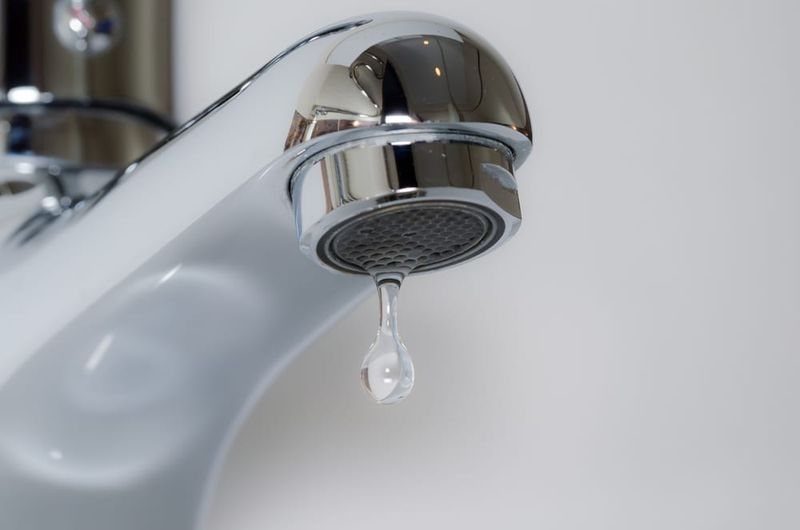
Here's why it's important:
A leaking faucet can waste up to several gallons of water daily, which adds up to a significant loss over time. This not only increases your water bill but also contributes to unnecessary water wastage, impacting the environment.
Beyond water conservation, continuous tub faucet dripping can lead to stains or mineral deposits on the bathtub surface. Over time, these issues may require costly cleaning or repairs.
Additionally, leaks can increase the risk of mold and mildew growth, creating health concerns and further damage.
Addressing the issue promptly ensures efficient faucet functionality, prolongs its lifespan, and helps maintain a cleaner and healthier bathroom environment. Don't delay—fixing a leaky bathtub faucet benefits both your wallet and the planet.
When to Call a Professional to Stop a Leaking Bathtub Faucet
While many bathtub faucet repairs can be handled by DIY enthusiasts, there are certain situations when it's best to call in a professional plumber.
If you've tried troubleshooting common issues, such as replacing the washer or tightening loose components, and your faucet still leaks, the problem may be more complex.
For instance, internal valve problems, corrosion, or issues with the faucet's cartridge may require advanced tools and expertise to resolve.
Additionally, if the leaking faucet is causing water damage to your bathroom floor or ceiling, it's crucial to act quickly to prevent further structural harm.
Persistent leaks may be a sign of an underlying plumbing issue, like damaged pipes or faulty plumbing connections. These issues require specialized knowledge to address safely.
If you're unsure about the condition of your faucet or if you don't have the proper tools, a professional plumber can diagnose the problem and ensure the repair is done correctly.
Attempting more complicated fixes without experience can lead to costly mistakes, further damage, or voiding any warranties on your faucet.
Calling a professional will not only save you time but also ensure the leak is permanently resolved with minimal disruption to your bathroom.
How to Prevent Bathtub Faucet Leaks
Preventing bathtub faucet leaking involves regular maintenance and a few simple practices. The practices can help extend the lifespan of your faucet and plumbing system.
One of the most effective ways to prevent leaks is to ensure your faucet components are kept clean and well-maintained.
Mineral deposits from hard water can accumulate around the faucet's seals, washers, and cartridges, leading to leaks over time. Regularly cleaning these components with a gentle vinegar solution can help prevent this build-up.
Another key prevention method is to check the faucet's washers and rubber seals for wear and tear. These parts are subject to constant friction, which can cause them to deteriorate over time.
Inspect them periodically and replace them to maintain a proper seal. When you notice any issues, such as difficulty turning the faucet or a slightly decreased water flow, it's time to replace the seals or washers before they cause a leak.
Additionally, always turn your faucet off properly by not overtightening it, as this can damage the internal components.
If you live in an area with hard water, consider installing a water softener to reduce mineral buildup and prevent excessive wear on your faucet.
FAQs
There are commonly asked questions to help to stop a leaking bathtub faucet:
How do I stop my bath seal from leaking?
To stop a bath seal from leaking, inspect the caulking or sealant around the edge of your bathtub and faucet. Over time, sealants can break down, allowing water to seep through.
Clean the area thoroughly, remove old caulking, and apply a fresh layer of waterproof silicone caulk. This will create a tight seal and prevent water from leaking out.
What happens if you don't fix a leaky faucet?
Ignoring a leaky faucet can lead to wasted water, higher utility bills, and potential water damage to your bathroom. Over time, the constant drip can cause corrosion or mold growth.
It affects not only the faucet but surrounding areas as well. It can also result in long-term structural damage if left unaddressed.
Where is the most common place for a bathtub to leak?
The most common places for the bathtub faucet to leak include the faucet, the showerhead, and the drain. Leaks can also occur around the tub's seal or between the tub and the wall, especially if the caulking or grout has deteriorated.
Do you have to turn the water off to fix a leaky bathtub faucet?
Yes, you should always turn off the water supply to the bathtub before attempting any repairs. This prevents water from continuing to flow while you're working, reducing the risk of water damage and making the repair process safer.
How much does it cost to fix leaking bathtub faucets?
The leaky bathtub faucet repair cost can vary depending on the severity of the issue. Simple repairs, such as replacing washers or seals, may cost around $50 to $150.
More extensive work, such as replacing the faucet or valve, could range from $150 to $400 or more. Always get an estimate from a professional before proceeding.
Conclusion
Addressing leaks promptly can save you money on water bills and prevent potential water damage, keeping your bathroom in top condition for years to come.
Fixing a leaky bathtub faucet may seem like a daunting task. But with the right tools, materials, and approaches, it's a manageable DIY project for most homeowners.
Remember, if the issue persists or if you're unsure about handling more complex repairs, it's always wise to consult a professional plumber.
Try to fix a leaky bathtub faucet by yourself. Please get in touch with us if any problems!







